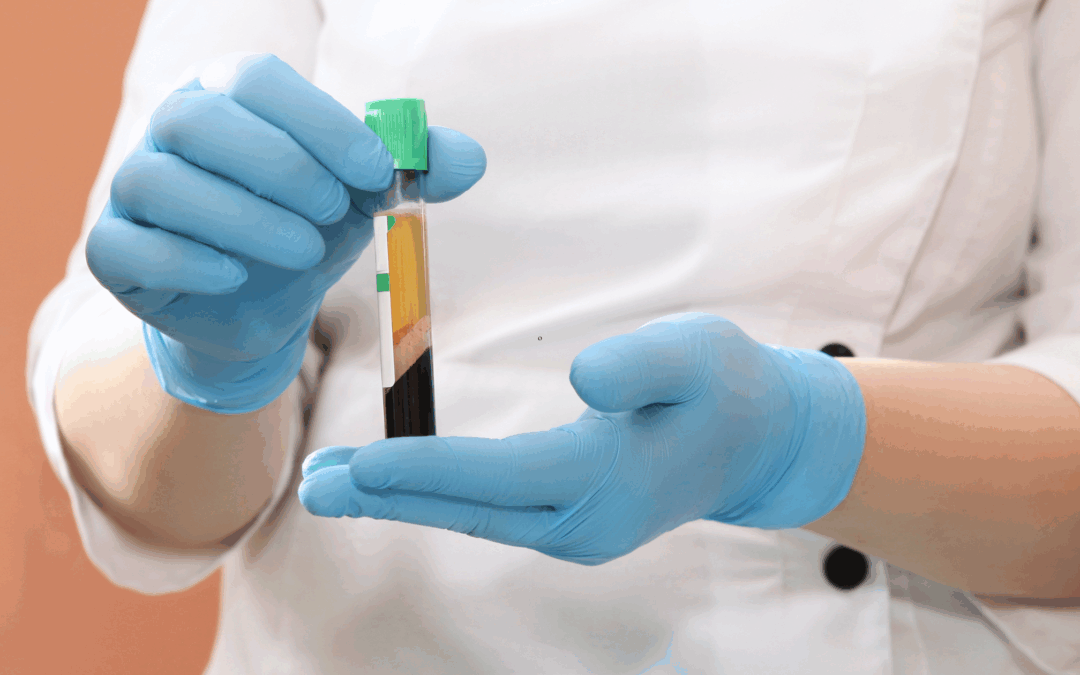
Nov 21, 2025
Musculoskeletal pain can disrupt work, daily activities, hobbies, and sleep. When injuries or chronic conditions don’t improve with rest or basic treatments, many patients assume surgery is the next step. But today, several advanced non-surgical regenerative therapies can help the body repair damaged tissue, reduce inflammation, and restore function—often without the risks or downtime of an operation.
These modalities aim to support the body’s natural healing processes, making them valuable options for athletes, active individuals, and anyone seeking to avoid surgery.
What Are Regenerative Therapies?
Regenerative medicine focuses on enhancing or accelerating tissue repair. Unlike medications that primarily mask symptoms, regenerative therapies work at the source of the problem. They can support healing in muscles, tendons, ligaments, joints, and even nerve-related structures.
These treatments are minimally invasive and often performed in-office using imaging guidance for precision.
Common Musculoskeletal Conditions That Benefit from Regenerative Care
Regenerative therapies may help with:
-
Tendon injuries (tennis elbow, Achilles tendonitis, rotator cuff injuries)
-
Ligament sprains
-
Mild to moderate osteoarthritis
-
Muscle strains and chronic myofascial pain
-
Plantar fasciitis
-
Joint instability
-
Overuse injuries
-
Degenerative disc or facet-related spine pain (in selected cases)
Key Non-Surgical Regenerative Modalities
Platelet-Rich Plasma (PRP)
PRP leverages your own concentrated platelets, which contain growth factors that stimulate healing. A small sample of your blood is processed, then injected into the injured area. PRP is commonly used for tendon tears, arthritis, and chronic joint pain.
Benefits:
Platelet-Rich Fibrin (PRF)
PRF is similar to PRP but processed more gently, creating a fibrin matrix that slowly releases growth factors over time. This can provide a more sustained healing effect for hard-to-treat conditions.
Stem Cell–Rich Biologic Therapies
While true stem cell procedures are highly regulated, many clinicians use bone marrow concentrate or other cell-rich biologics to support regeneration in damaged tissues.
Used for:
Prolotherapy
This involves injecting a natural irritant, often dextrose, to stimulate the body’s healing response. It helps strengthen ligaments and tendons and can improve joint stability that contributes to chronic pain.
Benefits:
Why Patients Choose Regenerative Therapies
-
Avoiding surgery and downtime
-
Faster recovery compared to surgical options
-
Reduction in chronic inflammation
-
Long-term improvement in pain and function
-
Potential to treat underlying causes rather than masking symptoms
When to Consider Regenerative Treatments
You may be a good candidate if you:
-
Have persistent pain despite physical therapy, activity modification, or medications
-
Have been told surgery is an option but want to avoid or delay it
-
Prefer a more natural, biologic approach to healing
-
Want to return to activities sooner
-
Have soft tissue, joint, or mild spine-related pain
A pain or musculoskeletal specialist can help determine which regenerative option aligns with your condition and goals.
Final Thoughts
Non-surgical regenerative therapies are transforming how we treat musculoskeletal pain and injury. By activating and supporting the body’s own healing mechanisms, these treatments offer a path to recovery that is less invasive, more natural, and often highly effective.
If you’re dealing with ongoing pain or an injury that isn’t healing as expected, regenerative medicine may offer the solution you’ve been looking for.
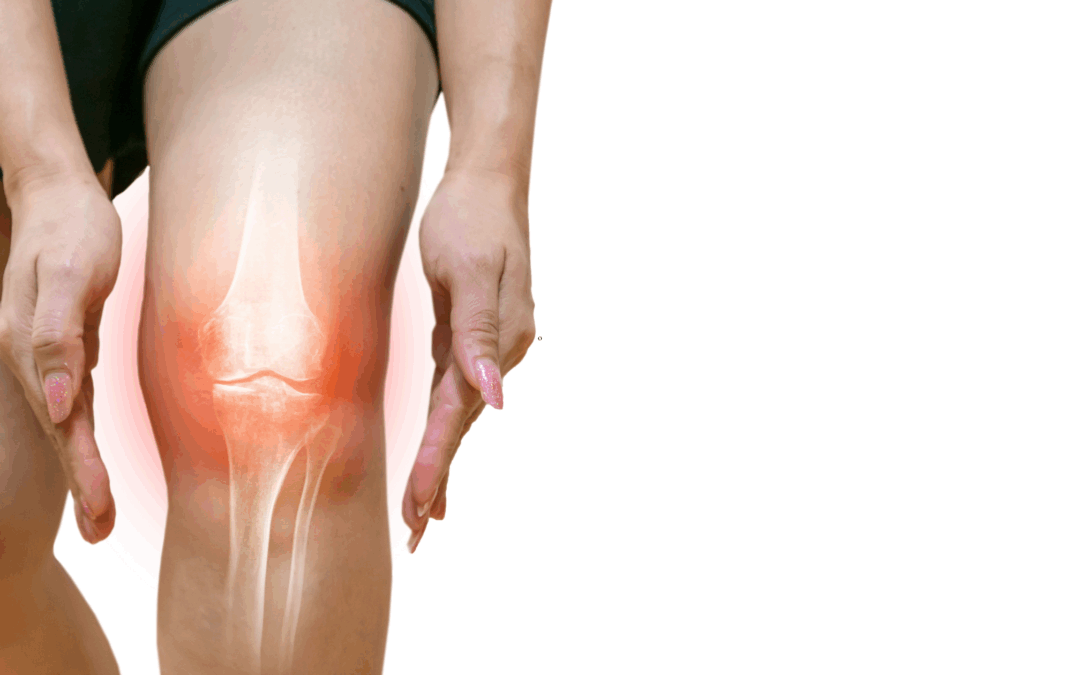
Nov 7, 2025
Exploring Advanced Regenerative Options for Long-Term Recovery
Tendon injuries—like those affecting the Achilles, rotator cuff, or elbow—are notoriously slow to heal. Traditional treatments such as rest, physical therapy, or anti-inflammatory medications can help, but many patients continue to experience pain or limited movement long after the initial injury. Fortunately, advances in regenerative medicine have introduced new options that go beyond symptom relief and target the underlying issue: tissue repair. Two of the most promising therapies are Shockwave Therapy and Cell Therapy.
Understanding Tendon Injuries
Tendons are thick, fibrous tissues that connect muscle to bone. Because they have limited blood supply, they heal more slowly than muscles or skin. Repetitive stress, overuse, or a sudden injury can lead to conditions like tendinitis (inflammation) or tendinosis (chronic degeneration). Without proper treatment, these issues can become chronic, causing long-term pain and reduced function.
What Is Shockwave Therapy?
Shockwave Therapy, also known as Extracorporeal Shockwave Therapy (ESWT), uses targeted sound waves to stimulate healing in damaged tendons. The high-energy pulses increase blood flow, break up scar tissue, and trigger the body’s natural repair processes.
Benefits of Shockwave Therapy:
-
Promotes new blood vessel formation for better nutrient delivery.
-
Stimulates collagen production, which strengthens tendon fibers.
-
Reduces chronic inflammation and pain sensitivity.
-
Helps restore normal tendon structure and function over time.
Shockwave therapy is non-invasive, performed in the clinic, and requires little to no downtime—making it a valuable option for athletes and active individuals.
What Is Cell Therapy?
Cell Therapy involves the use of biologic materials—such as platelet-rich plasma (PRP) or stem cells—to enhance the body’s own regenerative capabilities. These cells release growth factors and signaling molecules that promote new tissue formation and accelerate repair.
Types of Cell Therapy Used for Tendon Healing:
-
Platelet-Rich Plasma (PRP): Concentrated platelets from the patient’s own blood are injected into the injured tendon, releasing growth factors that encourage healing.
-
Stem Cell Therapy: Stem cells, often derived from bone marrow or adipose tissue, have the unique ability to transform into various types of cells, including tendon-like tissue.
Both options are minimally invasive and can be performed in an outpatient setting.
The Power of Combining Therapies
Recent research and clinical experience suggest that combining Shockwave and Cell Therapy may offer enhanced results. Shockwave treatment prepares the injured area by improving blood flow and breaking down scar tissue, creating an ideal environment for cell-based treatments to work more effectively. Together, they can:
-
Accelerate tissue regeneration
-
Reduce chronic pain
-
Improve tendon elasticity and strength
-
Shorten overall recovery time
This combination approach may be especially beneficial for chronic tendon injuries that haven’t responded to standard therapies.
What to Expect During Treatment
Treatment plans are individualized based on the location and severity of the injury. Typically:
-
Shockwave sessions are performed weekly for several weeks.
-
Cell therapy injections are done under ultrasound guidance for precision.
-
Most patients experience gradual improvement in pain and mobility over the following weeks and months.
Your healthcare provider will design a comprehensive plan that may also include physical therapy and activity modification to support long-term tendon health.
A Regenerative Path to Recovery
If you’ve been living with a stubborn tendon injury that hasn’t responded to rest or conventional care, Shockwave and Cell Therapy may offer the next step in your recovery journey. By addressing the root cause—tissue damage—these advanced treatments help your body heal naturally and more effectively.
Always consult with a healthcare provider at SDOMG to determine whether regenerative therapies are right for your specific condition and overall health goals.
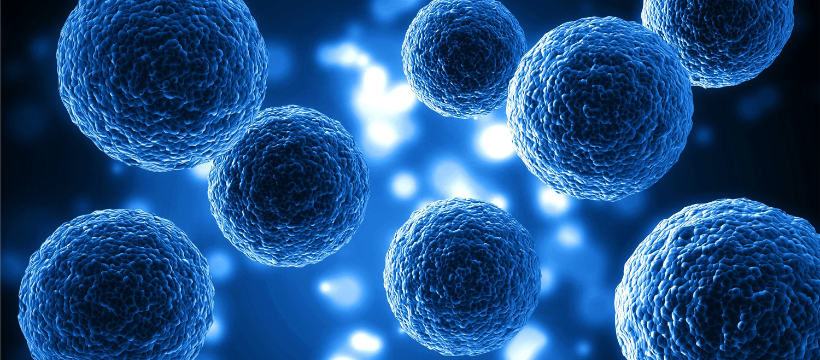
Nov 5, 2025
Our clinic partners with Personalized Stem Cells (PSC) – a leading U.S. stem cell banking and research company.
Their mission is to bring safe, FDA-compliant, autologous (your own) stem cell therapy options to patients right here in the United States.
If you’re interested in learning more about how stem cell banking and treatment may support joint health, recovery, and long-term wellness, we invite you to join an upcoming live webinar hosted by PSC:
📅 Date: Tuesday, November 18
🕕 Time: 6 PM EST / 3 PM PST
🎙️ Speaker: Dr. Jaime Garza, Professor of Orthopedic Surgery at Tulane University and Senior Medical Advisor to the NFL Alumni Association
During this educational session, Dr. Garza will discuss:
-
The latest advances in stem cell therapy for athletes and active individuals
-
How banking your own fat tissue can provide future access to personalized cell treatments
-
Safe and legal treatment options available in the U.S. today
👉
Reserve your spot here:
Register for the WebinarThis webinar is free and open to the public – you’re welcome to attend and ask questions directly to the PSC team.
If you’d like to learn more about how to get started with stem cell banking, our team can help you explore next steps following the webinar.
Warm regards,
SDOMG Clinic
In partnership with Personalized Stem Cells (PSC)
🌐 www.pscells.com
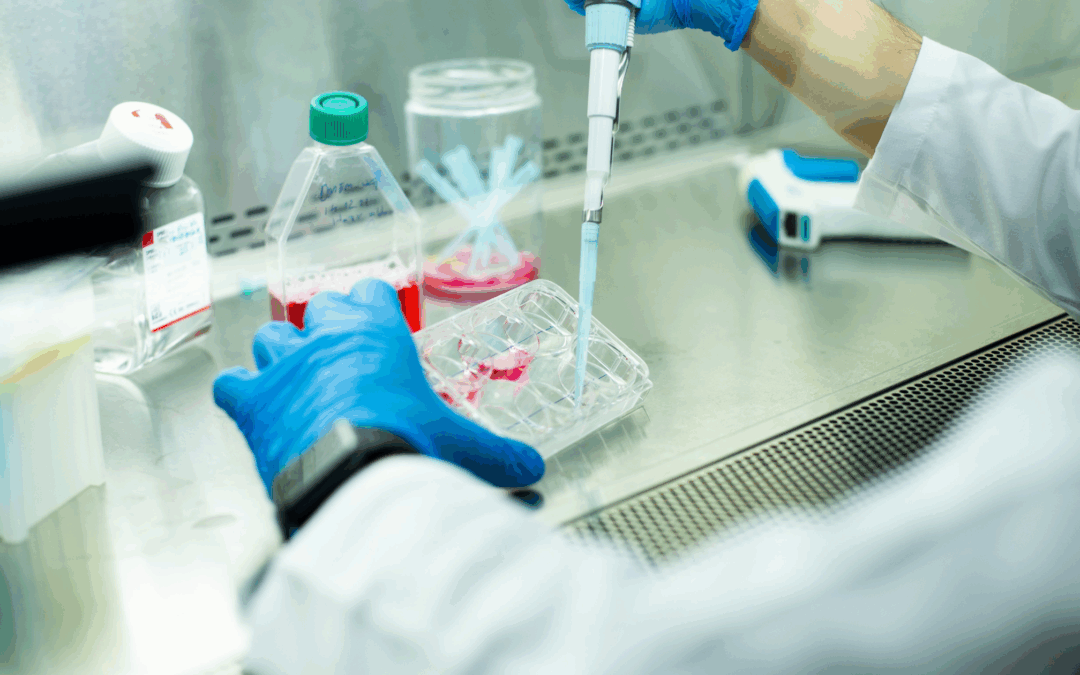
Jun 18, 2025
Regenerative medicine has emerged as a groundbreaking frontier in healthcare, offering hope to those suffering from chronic pain, degenerative conditions, and tissue injuries. This field harnesses the body’s natural healing abilities to restore or replace damaged tissues, reduce inflammation, and improve function. From platelet-rich plasma (PRP) therapy to stem cell treatments, regenerative therapies are transforming how we approach recovery and long-term wellness.
But not everyone is an ideal candidate. Understanding whether regenerative medicine is right for you is crucial to getting the best results. If you’ve been considering this innovative approach, here are five signs you might be a good candidate for regenerative medicine treatments.
Signs You Are a Good Candidate for Regenerative Medicine Treatments
1. You Have a Musculoskeletal Injury or Chronic Joint Pain
Regenerative medicine has shown particular promise in treating orthopedic conditions, especially those involving joints, tendons, ligaments, and cartilage. Whether it’s a sports injury like a torn meniscus or rotator cuff, or chronic issues such as osteoarthritis, regenerative therapies can help repair damaged tissues and reduce inflammation.
If you’ve been struggling with:
- Knee, shoulder, or hip pain
- Tendonitis or bursitis
- Cartilage degeneration
- Minor ligament tears
…you may be a strong candidate for treatments like stem cell therapy or PRP injections. These approaches aim to accelerate the body’s natural healing process, potentially helping you avoid invasive surgery or long-term use of pain medications.
Bonus Tip: If you’re in the early to moderate stages of arthritis or injury, you’re more likely to benefit from regenerative treatments than if your joint is severely damaged or completely worn down.
2. Conservative Treatments Haven’t Worked
If you’ve already tried physical therapy, rest, steroid injections, and anti-inflammatory medications without success, regenerative medicine may be your next step. Many patients turn to regenerative therapies when they reach a plateau in traditional treatment or want to avoid more aggressive interventions like surgery.
Patients often choose regenerative medicine because:
- They want a more natural approach to healing.
- They are looking for a longer-term solution instead of a temporary fix.
- They’ve exhausted other non-surgical methods without lasting relief.
It’s important to understand that regenerative treatments are not a quick fix. They work by stimulating the body’s healing mechanisms, which may take weeks or even months to show full results. But for many, the wait is worth the long-term improvement.
3. You’re in Generally Good Health
Your overall health plays a significant role in determining whether regenerative medicine will be effective. While these therapies are minimally invasive and low-risk, your body needs to be in a relatively good state to respond optimally to treatment.
Ideal candidates typically:
- Are not smokers or are willing to quit (smoking impairs healing).
- Are not severely overweight or are actively working on weight management.
- Have stable blood sugar levels (uncontrolled diabetes can interfere with cell healing).
- Are free from active infections or cancer.
Good health doesn’t mean you have to be an elite athlete—it just means your body can efficiently participate in the healing process. If you’re not sure whether your health status qualifies, a qualified regenerative medicine specialist can help evaluate your risk factors and determine the safest approach.
4. You Want to Avoid Surgery
Surgery isn’t always the best or most desirable option, especially when it comes with extended downtime, risks, and unpredictable outcomes. Regenerative medicine appeals to many people because it offers a non-surgical alternative that may still provide meaningful relief and functional improvement.
If you’re considering surgery but:
- Want to try a less invasive option first
- Need to avoid lengthy recovery due to work or lifestyle
- Have already had one surgery and don’t want another
- Have been told you’re not an ideal surgical candidate
…then regenerative therapies may be an appropriate avenue to explore.
For example, some patients with degenerative disc disease or mild meniscus tears can avoid or delay surgery through stem cell or PRP treatments, which aim to reduce pain and improve mobility naturally. While not a guaranteed substitute for surgery, these therapies may help manage symptoms and extend the life of your joints or tissues.
5. You’re Committed to a Holistic Recovery Process
Regenerative medicine is part of a bigger picture—one that includes lifestyle, nutrition, physical therapy, and patient mindset. The most successful outcomes often come from individuals who are proactive, disciplined, and patient.
Ask yourself:
- Are you willing to follow post-treatment care recommendations?
- Will you commit to physical therapy or exercise as advised?
- Are you open to dietary or behavioral changes that support healing?
- Do you have realistic expectations about gradual improvement?
These treatments are not magic bullets. They’re catalysts for your body’s natural healing systems, and that process takes time and effort. Being engaged and proactive in your care significantly increases your chances of a positive outcome.
A Final Thought: Not Everyone is a Candidate—And That’s Okay
Regenerative medicine is not a one-size-fits-all solution. While it holds exciting promise for many, there are circumstances where it might not be the best choice. Severe joint deformities, complete tissue loss, or advanced systemic diseases may limit the effectiveness of these therapies.
That’s why a comprehensive evaluation with a regenerative medicine specialist is critical. A qualified provider will assess your medical history, imaging, lifestyle, and goals to determine whether you’re likely to benefit—and they won’t recommend it unless they genuinely believe it can help you.
Conclusion
Regenerative medicine offers a path toward healing that emphasizes the body’s innate ability to recover, repair, and rejuvenate. If you’re dealing with persistent joint or tendon issues, have tried conservative treatments without success, are in good overall health, and are motivated to avoid surgery through a more natural and holistic route, you might be an excellent candidate.
The best first step? Schedule a consultation with a trusted provider specializing in regenerative therapies at San Diego Orthobiologics Medical Group. With a personalized evaluation and guidance, you can discover whether this innovative treatment could be the breakthrough your body has been waiting for.
Interested in learning more about regenerative medicine?
Our clinic offers in-depth assessments and cutting-edge regenerative therapies tailored to your needs. Contact us today to book a consultation and take the next step toward lasting relief and better function—naturally.
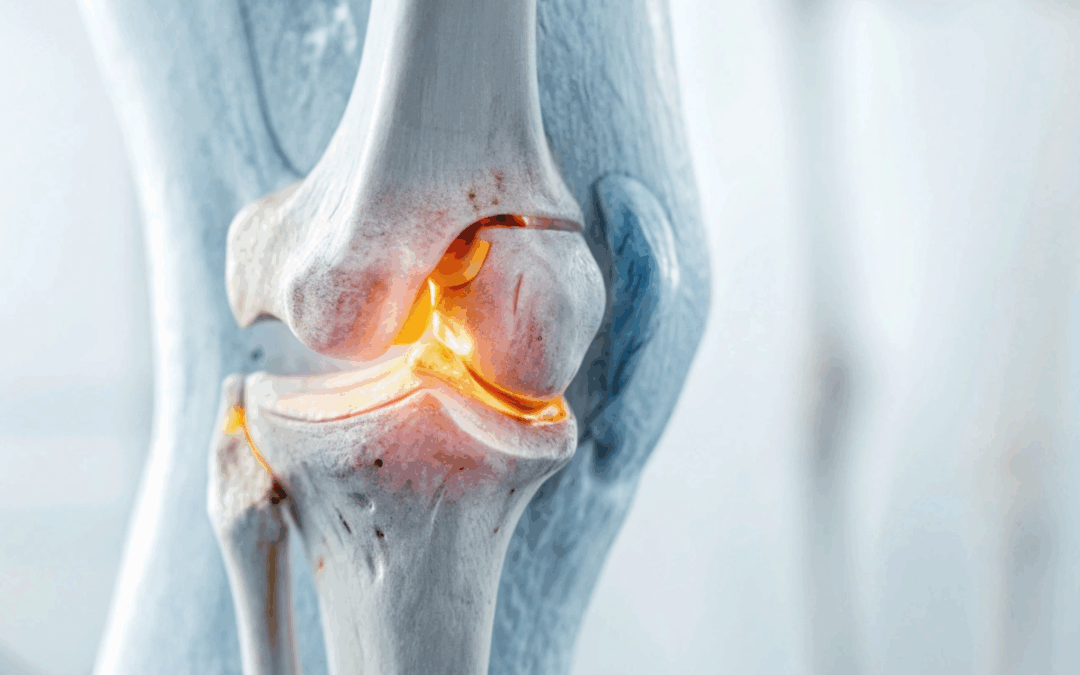
Jun 13, 2025
Joint pain is one of the most common and debilitating health concerns affecting millions worldwide. Whether it stems from osteoarthritis, injury, or chronic overuse, the damage to cartilage and connective tissues can significantly reduce mobility and quality of life. In recent years, cellular therapy has emerged as a promising alternative to conventional treatments like medications, steroid injections, and even surgery. But how does it work, and does the science back the hype? Let’s dive into the mechanisms, evidence, and potential of cellular therapy to repair damaged joints.
What is Cellular Therapy?
Cellular therapy, often referred to as regenerative medicine, involves using a patient’s own cells to repair or regenerate damaged tissues. In the context of joint repair, the most common types of cellular therapy include:
-
Stem cell therapy: Typically using mesenchymal stem cells (MSCs) derived from bone marrow, adipose tissue, or umbilical cords.
-
Platelet-rich plasma (PRP): A concentrate of platelets derived from the patient’s own blood, rich in growth factors that stimulate healing.
The Science Behind Joint Damage
To understand how cellular therapy might work, it’s helpful to know what happens when joints are damaged. Healthy joints are cushioned by cartilage, a smooth and slippery tissue that enables frictionless movement. However, cartilage has a limited ability to heal because it lacks a blood supply. When it wears down due to injury or disease, the body struggles to regenerate the lost tissue.
This leads to symptoms like:
Traditional treatments typically aim to manage symptoms rather than repair tissue. This is where cellular therapy seeks to make a game-changing impact—by stimulating the body to heal itself.
How Cellular Therapy Works
1. Stem Cell Therapy
Mesenchymal stem cells (MSCs) are multipotent, meaning they can differentiate into various cell types, including chondrocytes, the cells responsible for producing cartilage. When injected into the joint, these stem cells are believed to:
-
Reduce inflammation
-
Stimulate the repair of cartilage
-
Recruit other healing cells to the area
-
Modulate immune responses
Moreover, stem cells secrete bioactive molecules (cytokines and growth factors) that contribute to the repair environment. It’s not just about replacing cells—it’s about kick-starting the body’s healing process.
2. Platelet-Rich Plasma (PRP)
PRP therapy involves drawing a patient’s blood, centrifuging it to concentrate the platelets, and injecting it into the injured joint. Platelets are a natural source of growth factors, including:
-
Platelet-derived growth factor (PDGF)
-
Transforming growth factor-beta (TGF-β)
-
Vascular endothelial growth factor (VEGF)
These molecules can stimulate tissue repair, reduce inflammation, and improve pain. While PRP doesn’t contain stem cells, it can enhance the microenvironment to support natural regeneration.
What Does the Research Say?
Stem Cells: Promising but Preliminary
Numerous animal and early human studies have shown that stem cell injections can:
A 2020 meta-analysis published in The American Journal of Sports Medicine found that patients receiving MSC therapy for knee osteoarthritis showed significant improvements in pain and function compared to controls. However, these benefits vary based on factors like cell source, dosage, and disease severity.
Still, it’s important to note that most studies are small and short-term. Large-scale, randomized controlled trials (RCTs) are still needed to validate the long-term safety and effectiveness of stem cell therapy.
PRP: Growing Clinical Support
PRP has a more robust clinical foundation, particularly in treating mild to moderate osteoarthritis. Studies have shown that PRP is more effective than hyaluronic acid injections (another common joint treatment) in reducing pain and improving joint function.
In 2021, the Journal of Orthopaedic Research published a study indicating that PRP was effective in reducing knee pain for up to 12 months in osteoarthritis patients. While results are modest, PRP is considered relatively low-risk and widely used by sports medicine physicians.
Risks and Limitations
While cellular therapy holds enormous promise, it’s not without risks or limitations:
-
Lack of standardization: There is no universal protocol for dosage, preparation, or delivery.
-
Variable outcomes: Some patients experience dramatic improvement, while others see little to no benefit.
-
Regulatory status: The FDA tightly regulates stem cell therapies, and many offerings at clinics are not approved or lack scientific validation.
-
Cost: These treatments are often expensive and not covered by insurance.
Patients should exercise caution and consult with a specialist experienced in regenerative medicine before undergoing any procedure.
The Future of Cellular Therapy
Research is advancing rapidly, and future developments may include:
-
Gene-edited stem cells that are more effective at cartilage regeneration
-
Personalized medicine approaches using a patient’s unique cellular profile
-
Combined therapies, such as PRP with stem cells or scaffolds that support new tissue growth
Clinical trials are ongoing, and within the next decade, cellular therapies may become a routine part of managing joint degeneration, potentially delaying or even eliminating the need for joint replacement surgery.
Conclusion: Hype or Hope?
Cellular therapy is not a miracle cure, but it does represent a hopeful shift toward treating the root cause of joint pain rather than just the symptoms. The science is encouraging—especially for PRP and stem cell therapies—but we are still in the early stages of understanding who benefits most, how treatments should be delivered, and what long-term outcomes will look like.
For those suffering from joint pain and exploring alternatives to surgery, cellular therapy may offer a science-backed, minimally invasive option worth discussing with a medical professional. As research continues, we’re likely to see cellular therapy play an increasingly important role in the future of orthopedic and sports medicine.
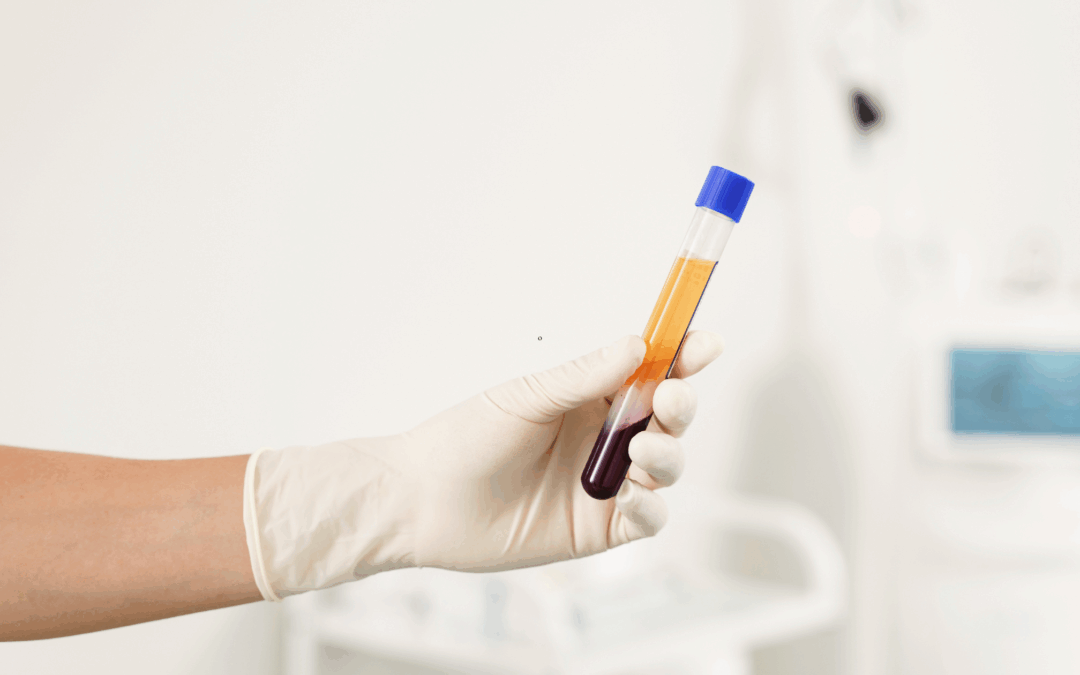
May 23, 2025
When dealing with chronic joint pain, tendon injuries, or arthritis, many patients are presented with two popular options for relief: PRP (Platelet-Rich Plasma) therapy and cortisone (corticosteroid) injections. Both treatments are administered via injection and have shown efficacy in reducing inflammation and pain. However, they work through vastly different mechanisms, and their long-term outcomes vary significantly.
So, which one is better for long-term healing?
In this blog post, we’ll explore the key differences between PRP and cortisone injections, examine their benefits and limitations, and help you make a more informed decision based on your condition and goals.
Understanding the Basics
What Is PRP Therapy?
Platelet-Rich Plasma (PRP) therapy is a regenerative treatment that uses a patient’s own blood to promote healing. Here’s how it works:
- A small amount of the patient’s blood is drawn.
- It is spun in a centrifuge to concentrate the platelets and growth factors.
- This concentrated plasma is injected into the injured area.
PRP is rich in proteins and growth factors that support tissue regeneration, reduce inflammation, and accelerate healing. It is most commonly used for:
- Tendon injuries (like tennis elbow or Achilles tendinopathy)
- Ligament sprains
- Osteoarthritis
- Muscle tears
- Post-surgical recovery
What Are Cortisone Injections?
Cortisone injections are a form of corticosteroid medication used to reduce inflammation and suppress immune system activity. They don’t promote healing but instead provide symptomatic relief by decreasing swelling and irritation.
Common uses include:
- Arthritis (especially in knees, hips, and shoulders)
- Bursitis
- Tendinitis
- Back pain or nerve inflammation (like sciatica)
Mechanism of Action: Relief vs. Regeneration
This is the key point of differentiation between PRP and cortisone.
- Cortisone works like a fire extinguisher: it quickly reduces inflammation and pain. However, this effect is temporary, and repeated use can actually degrade tissue over time, especially tendons and cartilage.
- PRP, in contrast, aims to heal the underlying problem. By stimulating the body’s natural healing processes, PRP supports long-term recovery rather than just short-term pain relief.
Efficacy: What Does the Research Say?
Short-Term Relief
Cortisone generally outperforms PRP in the short term. Within days of the injection, patients often report significant pain relief. This makes cortisone a go-to treatment for acute flare-ups or when quick pain reduction is critical.
PRP, on the other hand, has a delayed onset of action. It can take a few weeks to start seeing improvement, with the best results often appearing several months after treatment.
Long-Term Results
Multiple studies suggest that PRP may provide superior long-term outcomes for certain musculoskeletal conditions:
- A 2020 meta-analysis published in The American Journal of Sports Medicine showed that PRP injections yielded better long-term relief for knee osteoarthritis compared to corticosteroids.
- In cases of tendinopathy, like tennis elbow or patellar tendinitis, PRP has demonstrated more sustainable improvements in pain and function over 6-12 months.
- A 2015 study in the Journal of Orthopaedic Surgery and Research found that PRP significantly improved pain and mobility in chronic plantar fasciitis patients, while cortisone offered only short-term relief with diminishing benefits.
Risks and Side Effects
Cortisone Injections:
While cortisone is generally safe for occasional use, repeated injections can have side effects, including:
- Tissue degeneration (especially in tendons and cartilage)
- Joint infection (rare but serious)
- Elevated blood sugar (in diabetic patients)
- Skin discoloration or thinning
Repeated cortisone use has been linked with weakened tendons, potentially leading to ruptures. Because of this, doctors often limit cortisone injections to 3-4 times per year per site.
PRP Injections:
Since PRP uses the patient’s own blood, allergic reactions are virtually nonexistent. Side effects are typically mild:
- Temporary soreness or swelling at the injection site
- Bruising
- Mild inflammation (as healing response begins)
Because it doesn’t introduce synthetic substances, PRP is considered low-risk, even with multiple treatments.
Cost and Accessibility
One of the biggest barriers to PRP therapy is cost.
- Cortisone injections are widely covered by insurance and are relatively inexpensive.
- PRP injections, on the other hand, are not usually covered by insurance and can cost $500 to $2,000 per session, depending on location and complexity.
However, when factoring in the potential need for repeated cortisone injections and long-term degeneration risks, PRP might be more cost-effective over time—particularly if it helps you avoid surgery or further interventions.
Recovery Time
- Cortisone typically requires little to no downtime, and patients often resume normal activity quickly.
- PRP may involve short-term rest and modified activity for a few days to a week as the healing process begins. Some patients benefit from physical therapy in conjunction with PRP to optimize outcomes.
Who Should Consider PRP?
PRP is especially promising for:
- Athletes who want to recover without relying on long-term steroid use
- Middle-aged adults with early osteoarthritis hoping to avoid joint replacement
- Active individuals with tendon injuries or ligament sprains
- Patients who’ve had limited relief from cortisone injections or other conservative treatments
Because it promotes actual healing rather than masking symptoms, PRP can be a game-changer for long-term joint and soft tissue health.
When Is Cortisone the Better Option?
Cortisone may be a better choice if you:
- Need quick pain relief for a flare-up
- Have acute inflammation that needs to be controlled
- Are not a candidate for PRP due to cost or blood disorders
- Have a short timeline (e.g., trying to manage symptoms before an important event or surgery)
It’s also worth noting that cortisone can sometimes be used in conjunction with other treatments (like physical therapy or bracing) as part of a larger strategy.
Combination Therapy: Can You Use Both?
Some clinicians explore combined approaches, where cortisone is used initially for pain relief, followed by PRP to promote healing. While more research is needed in this area, early anecdotal reports suggest that staggered treatments may offer the best of both worlds in certain cases.
However, injecting cortisone before PRP may reduce the effectiveness of PRP due to steroid-induced suppression of the body’s healing response. Therefore, timing and sequence matter, and this approach should only be considered under the guidance of an experienced physician.
Final Verdict: PRP vs. Cortisone for Long-Term Healing
So, which is better for long-term healing?
- If you’re looking for fast pain relief and temporary control of inflammation: Cortisone is your best bet.
- If you’re aiming for lasting improvement and true healing of damaged tissue: PRP is likely the better choice.
While cortisone has its place in managing inflammation, PRP aligns more closely with regenerative medicine goals—not just suppressing symptoms, but addressing the root cause.
That said, every patient is different. Factors like age, injury severity, medical history, and financial resources should all play into your decision. Always consult with a knowledgeable sports medicine or orthopedic specialist to determine the best approach for your unique situation.
Conclusion
As medical science advances, patients now have more options than ever to manage pain and support healing. PRP therapy represents a shift toward regenerative treatment strategies, while cortisone remains a reliable tool for managing acute symptoms.
In the end, choosing between PRP and cortisone isn’t just about “which is better”—it’s about choosing the right tool for the job, with an eye toward both short-term comfort and long-term recovery.
If you’re dealing with a chronic injury or joint issue and want to explore your options, talk to a healthcare provider familiar with both approaches. With the right guidance, you can chart a path to recovery that fits your goals, your lifestyle, and your body’s unique needs.





